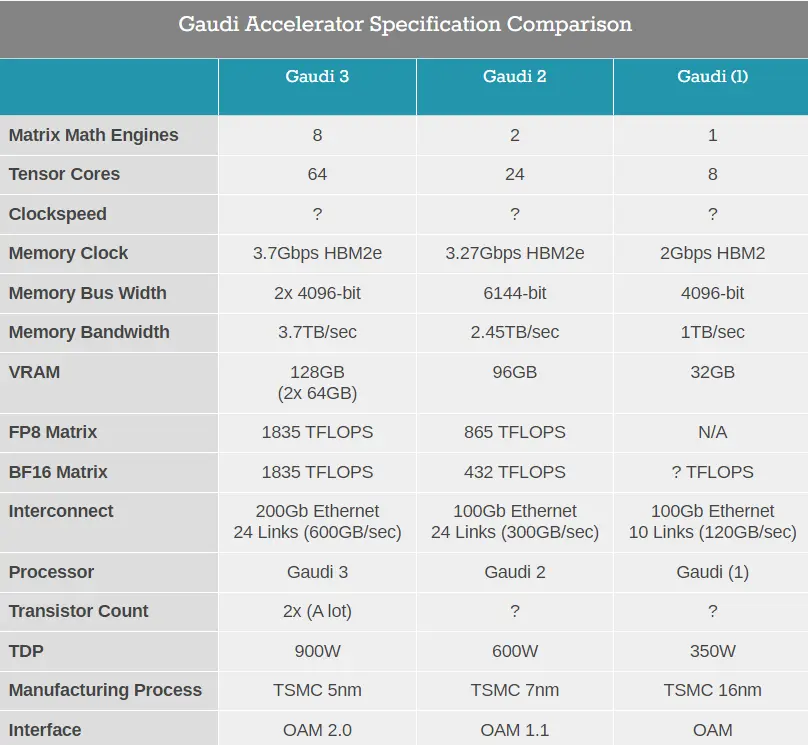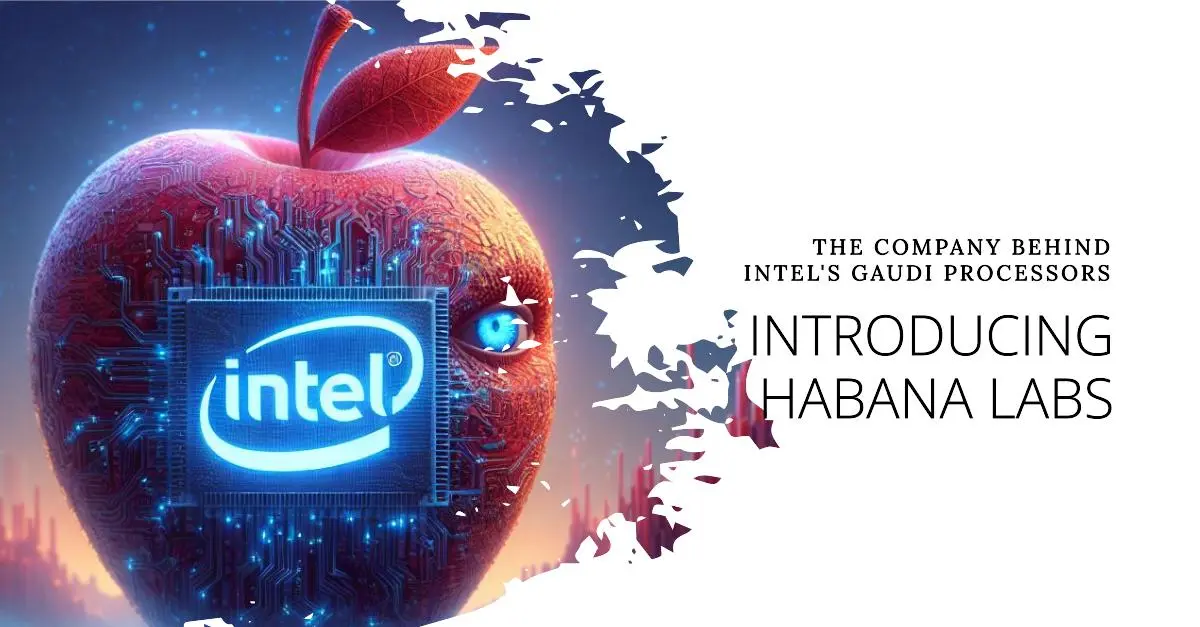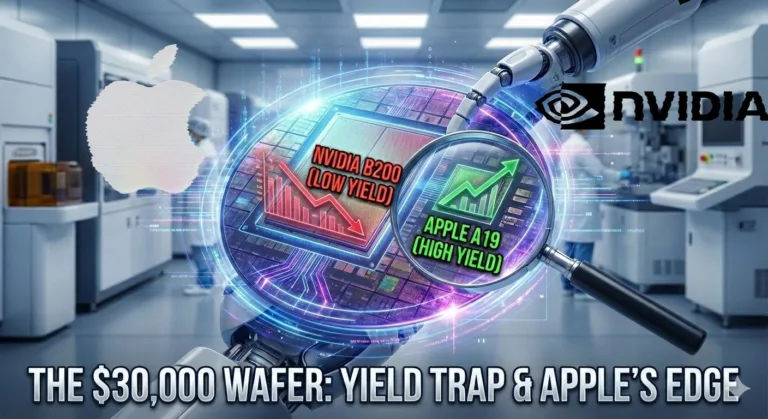In the world of artificial intelligence (AI), computing power is everything. The more processing muscle you have, the faster you can train AI models on massive datasets. This is where Habana Labs comes in – they design processors specifically built for accelerating AI training workloads.
Habana’s flagship product is the Gaudi processor line or rather say Habana Labs are the makers of Intel’s Gaudi processors. These AI training chips pack a serious punch, allowing data scientists and researchers to blaze through the number-crunching required to teach AI systems from huge pools of data.
The innovative Israeli chip company caught the attention of tech giant Intel in 2019. Intel scooped up Habana Labs for $2 billion to kickstart its own AI hardware capabilities. Let’s take a closer look at Habana, its Gaudi processors, and what their acquisition means for Intel.
About Habana Labs
Habana Labs was founded in 2016 by a team of skilled semiconductor veterans and CPU engineers. Their mission? Design chips from the ground up specifically for running AI training workloads as efficiently as possible.
The founders realized that existing chips from Intel, Nvidia, and others were not optimally built for the intensive computational demands of training deep learning AI models. So they set out to create a brand new type of processor architecture tailored for this workload.
How Habana Labs Got Started ?
The origins of Habana Labs trace back to 2012 when the founding team began exploring more efficient processor architectures for AI workloads. At the time, major tech companies were just beginning to uncover the potential of deep learning and artificial intelligence.
However, existing chip architectures like CPUs and GPUs were not ideally suited to handle the complex matrix math calculations involved in training deep learning models at scale. This realization led the Habana founders to start from a clean slate.
Drawing from their decades of experience designing high-performance processors, the team set out to craft a fundamentally new architecture tailored for AI training workloads. They aimed to optimize for the specific computation patterns of neural networks while maximizing performance-per-watt.
After four years of development, Habana Labs launched in 2016 with its novel tensor processor core design as the basis for its Gaudi AI training processor line. The startup quickly gained traction and investment from firms impressed by its grounds-up AI-centric approach.
Habana’s innovative yet straightforward idea – build a chip for accelerating AI training workloads rather than adapt existing general-purpose architectures – ultimately paved the way for its acquisition by Intel just a few years later.
Also Read: Companies are trying to reduce 40% of their workforce though AI
The Intel’s Gaudi Processors Family
Habana’s Gaudi AI training processors come in three generations: Gaudi, Gaudi2, and the latest Gaudi3. All utilize the same underlying tensor processor core architecture but offer increasing performance and efficiency.
The first-generation Gaudi processor delivered up to 4x higher throughput compared to Nvidia’s V100 GPU when training AI models. Gaudi2 improved on this, boosting throughput up to 40% over the original Gaudi. Gaudi3 takes performance even further with up to 2.5x higher throughput than Gaudi2.
The Gaudi architecture employs a fundamentally new design paradigm versus traditional CPUs and GPUs. It utilizes tensor processor cores built from the ground up for the matrix math operations and data flow required for training deep learning models.
Gaudi2 and Gaudi3 also include dedicated media processing engines tailored for accelerating AI video workloads like upscaling, super-resolution, and real-time graphics rendering. This chip-level AI video acceleration sets the Gaudi processors apart.
Also Read: US releases 2nd list of semiconductor export Ban
But the Gaudi family isn’t just about crunch performance. Habana engineered them to be incredibly power-efficient. The Gaudi3 delivers up to 3.5x higher performance per watt versus comparable Nvidia GPUs.
Gaudi3 also features high bandwidth memory (HBM3) and support for up to 192GB of blazing fast memory bandwidth. This allows the latest chip to process larger and more complex deep learning models more efficiently versus previous generations.

Why Intel Acquired Habana?
For semiconductor giant Intel, the Habana Labs acquisition signaled a major strategic push into the AI chip market. Intel has been historically focused on CPUs for general computing. But as AI workloads became more pervasive, the company recognized its existing hardware wasn’t ideally suited.
By bringing Habana under its umbrella, Intel gained proven expertise in designing processors tailored specifically for AI model training. The Gaudi chips complemented Intel’s CPU and future GPU offerings, allowing it to cover all angles of the AI hardware stack.
Intel was also attracted to Habana’s cloud-friendly AI processor design. With major cloud providers like Amazon, Microsoft, and Google all operating massive AI/ML platforms, optimized training chips were becoming essential infrastructure.
Use Cases and Customers
Habana’s Gaudi processors have already seen adoption by major cloud AI providers and enterprise companies with significant AI workloads.
In the cloud space, Amazon Web Services became the first public cloud vendor to offer Gaudi-based instances in late 2022 with its EC2 DL1 products. Microsoft’s Azure also integrated Gaudi support shortly after through its AI virtual machine instances.
Other marquee Gaudi customers include AI drug discovery company Molecule.AI and multi-national enterprises like Citigroup leveraging the processors for financial modeling use cases.
Join our WhatsApp group to stay updated with all about Semiconductors and AI
The Future of Habana and Intel AI Hardware
Looking ahead, Habana has already begun sampling its next-generation Gaudi3 AI training processor aimed at leadership performance and scaling for the most demanding use cases.
Intel is working to infuse Habana’s expertise across its entire AI hardware roadmap as well. The company is developing its own AI-optimized GPU architecture, codenamed Falcon Shores, built leveraging learnings from Habana. Falcon Shores and future Gaudi chips will serve as complementary offerings aimed at different AI workload scenarios.
In the competitive AI chip landscape, Intel/Habana remains squarely focused on chips purposely optimized for intensive training workloads. This allows them to differentiate from more general-purpose hardware competitors like Nvidia while aligning with the exploding demand for accelerated AI model training.
As we enter the AI era, low-power, high-performance chips dedicated to the unique computational needs of AI will become increasingly critical infrastructure. With Habana Labs now under its wing, Intel is solidifying itself as a major AI hardware player alongside its longtime reign in CPUs.
Discover more from WireUnwired Research
Subscribe to get the latest posts sent to your email.



